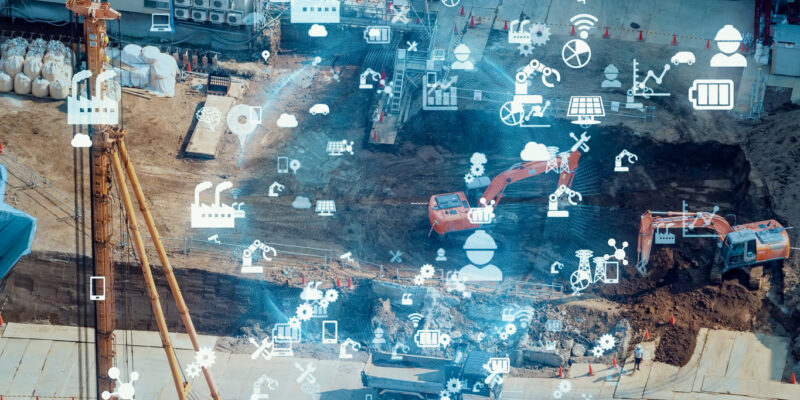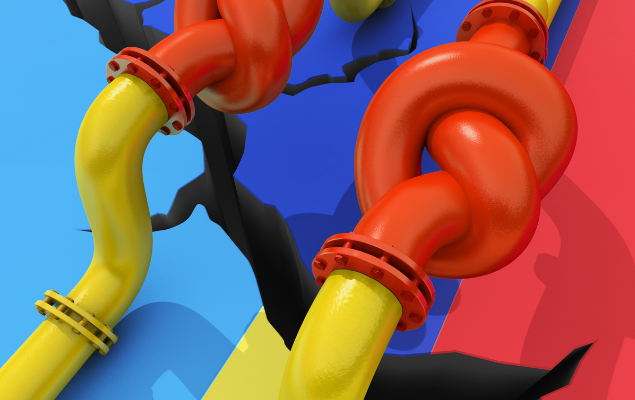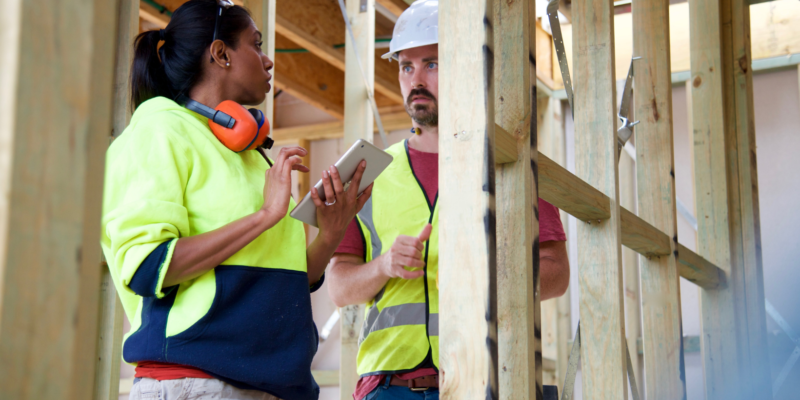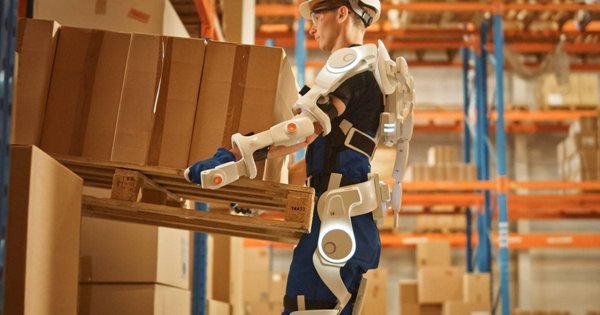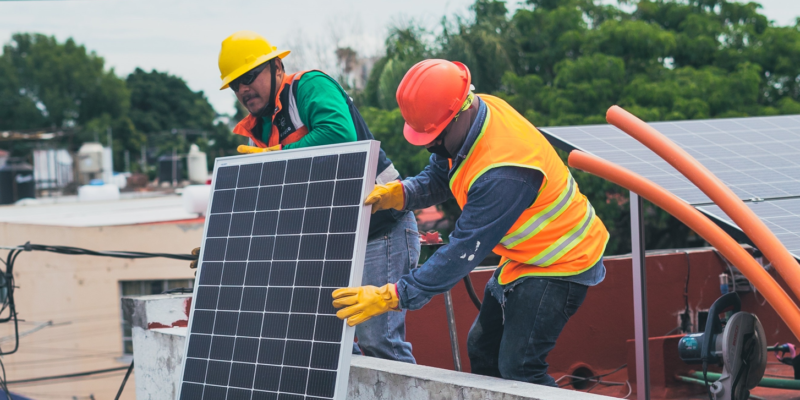Whether it was the wheel, the pulley system, or harnessing water power, construction workers have been turning to technology to make our lives easier and safer since the beginning of time. It’s human nature to constantly improve, and this drive allows us to expand technology, become more efficient, and build bigger and better structures. The latest change is leaving the job site and turning up on our phones and computers via Contech.
What is it?
Definitions of Contech vary, but Angelica Donati of Forbes magazine says it’s “the technology used to innovate the way we plan, design, and build structures, as well as the manufacture and installation of their components.”
Contech includes a wide range of tech gadgets and software, including wearable tech to improve safety, 3D printing for material supply, and computer programs that digitize workflow for efficiency. Regardless of the specific technology, two things are certain: Contech is on the rise and the market for it continues to grow.
Pandemic Solutions
As worker shortages, supply chain issues, and changing policies stalled and canceled projects across the country, many employers turned to Contech companies large and small to improve their efficiency, stay in touch with far away job sites, and keep workers safe. There’s an increase in younger, tech savvy, and eco-centered workers entering the industry, so we’re experiencing a definitive shift towards maximizing both time and resources.
Revenue Growth
And while it’s not surprising that large, publicly-traded companies like Trimble and AutoDesk are experiencing massive growth (a 16% increase for both from 2020 to 2021), many Contech startups are raking in previously unheard of amounts of funding. Last year, RenoRun (a construction e-commerce platform) received $142 million in Series B Funding, while Diamond Age, a robotics startup, raised $50 million in Series A funding. This shows an increased interest from investors who believe that Contech will continue to grow post-pandemic and become an important part of construction projects of the future.
Federal Funding
Another factor in Contech’s expected success? The federal focus on infrastructure. With funding and resources provided through the Infrastructure Investment and Jobs Act, we’re seeing an increase in projects across the country. Project leaders want to get these done quickly and efficiently to combat the continuing inflation seen across the industry. Estimates suggest that the widespread use of already existing Contech would increase sector productivity by 40%, and that number will only continue to rise as more technology becomes readily available.
At Steadfast Entities, LLC, we can’t wait to see how Contech will continue to grow and change the industry. No matter what happens, you can be sure we’ll be here to offer up-to-date, industry-proven tools and equipment for all your construction needs.

